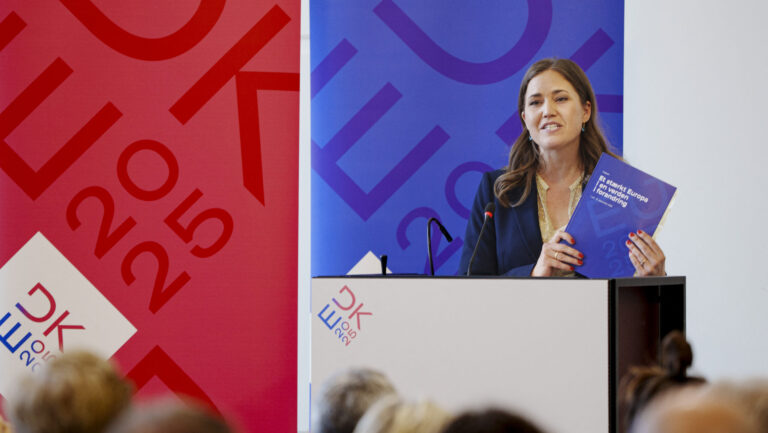Cooperation between China and the Central and Eastern European countries (CEE) was known at its peak as the 17+1 initiative. The cooperation was formalised in 2012 at a summit in Budapest. Since its establishment, there have been annual summits to facilitate economic cooperation between the 17 (now 14) CEE countries and China. The initiative also aimed to promote the Chinese Belt and Road Initiative, and enhance cooperation, both economical and cultural, between the participating countries. Since 2021, however, the cooperation has been rapidly losing members – from 17, membership has first declined to 16, and now it has shrunk to 14, with Latvia and Estonia having left just over a week ago, on 11 August. The 14 remaining countries are: Albania, Bosnia and Herzegovina, Bulgaria, Croatia, the Czech Republic, Greece, Hungary, Montenegro, North Macedonia, Poland, Romania, Serbia, Slovakia and Slovenia. The decline in the membership of the initiative marks the decreasing influence of China in the region.
The first country to have left the cooperation with China was Lithuania. The country declared that the cooperation had brought no real benefit to them and that they grew unwilling to listen to empty investment promises. Not long after leaving the then 17+1, Lithuania announced the opening of a trade representative office in Taiwan. Lithuania’s shift of focus from China to Taiwan sparked severe criticism from the Chinese Communist Party. This incident between Lithuania and China happened at the same time when the EU sanctioned four Chinese officials for human rights abuses (in turn, China also sanctioned five MEPs), which was yet another signal of deterioration in EU-China relations.
As already mentioned above, the newest two withdrawals from the 16+1 cooperation happened earlier this month, on 11 August. This time it was Latvia and Estonia that quit. The Baltic states’ decision to pull out of the cooperation is informed by China’s silence regarding the war in Ukraine. Justifying the decision to withdraw, Estonian foreign minister Urmas Reinsalu said that part of the reason why Tallinn is leaving was that ‘China has not condemned the Russian Federation’s war against Ukraine in clear terms’. While China tried to avoid taking a stance with regard to the war (before the EU-China summit in April, Chinese officials lobbied for the war not to be even mentioned at the gathering, but they failed), their attempt to avoid discussion about the war altogether is viewed as complicit behaviour by the Baltic states – especially with the growing tensions between Beijing and Taipei.
While Slovakia and Czechia are still members, they have been gradually distancing themselves from China. Poland is also known to be growing suspicious of Asian of Beijing. This was sensed by China, too, so in order to salvage their deteriorating position in Central and Eastern Europe, Beijing sent a special envoy to the region, the Polish foreign ministry refused to receive Ambassador Huo Yuzhen. As a justification for the decision, Warsaw said that it is disappointed with China’s approach to Russia. In front of the European Parliament, Romania testified that it has limited cooperation with China and that now Chinese companies are unable to compete in Romanian tenders. The general lack of enthusiasm in the CEE countries for China is also demonstrated by the fact that only 11 regional ambassadors (of the 16 invitees) attended last month’s meeting at the Chinese Foreign Ministry to discuss the fate of the 14+1 project. So far, Hungary’s commitment to the scheme remains unbroken. However, some argue that the unmet promises about future investments and the slow progress of the Budapest-Belgrade-Thessaloniki high-speed rail link might lead to some disappointment in the near future.
Brussels has always perceived the cooperation as a Trojan horse – the Commission seems to believe that China is using Central and Eastern Europe to push its anti-Western and pro-China propaganda by exploiting divisions within EU countries. Similarly to the EU, Washington has also warned against the cooperation. Before the war, however, most Central European governments had signed up for the agreement due to pragmatic, economic reasons. The war between Russia and Ukraine, on the other hand, seems to be creating a new geopolitical reality – security is starting to be valued more than good economic relations.








